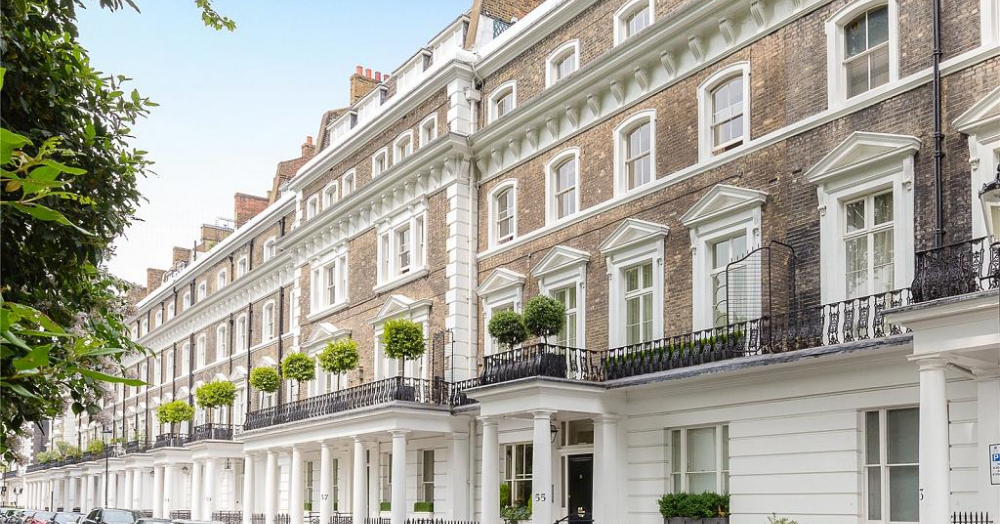The snowball effect of the UK housing market reopening in May is still gathering pace. But there’s much more behind the boom than the stamp duty cut, new research reveals.
Demand across the property industry is continuing its steep ascent, according to the latest research. Buoyed by the government’s stamp duty cut, low interest rates and a surge of new sellers, buyers are keen to make their move in the sector.
Numerous sources show how the UK housing market has made a remarkable comeback post lockdown. The latest index from Nationwide, for example, indicates an annual house price rise of 1.5% in July. Month-on-month, there was a steep increase of 1.7%. HMRC data also shows transactions leapt by 14.5% between June and July this year.
Which sectors of the market are doing best?
The number of monthly sales agreed is the highest that Rightmove have ever measured since they started tracking this figure ten years ago, up by 38% on the prior year, and a massive 20% higher than the previous record set in March 2017.
The increase in activity is not just a result of the stamp duty holiday, as sales agreed are up across all sectors of the market. They’re up 29% in the first-time buyer sector, 38% in the second stepper sector and 59% for larger, top of the ladder homes. Momentum is still building, with the latest weekly figure for the number of sales agreed having shot up by 60% compared to the same week a year ago.
Homeowners are bringing more properties to market than in any month since 2008, giving more choice to buyers. There are 44% more properties coming to market compared to the same period a year ago.*
The reason behind the rise
One of the biggest trends we have seen since the end of lockdown has been a behavioural shift among buyers. Many have wanted to move somewhere with more outside space, or closer to family or work so that the travel time is reduced.
Other needs are coming to the fore, such as larger properties with home office space. As these homes tend to come at a premium, this could partly explain why higher end homes are getting snapped up.
This is actually a case of history repeating itself. A quicker recovery in prime markets tallies with a similar trend which took place during the period that followed the global financial crisis.
Will it continue?
The prime market may have been gathering pace over the summer, but it remains to be seen how other market segments will perform by the end of 2020. Property portals have certainly noticed a surge in buyer interest since the stamp duty cut.
However, the actual effects of this will not become apparent straight away, as sold statistics take longer to come through. Therefore, while prime property is currently leading the way, we should expect to see a further surge in sub-£500,000 deals down the line as sales begin to register.
A stronger recovery at the top end reflects the fact that such buyers financial position means they tend to be able to transact more quickly, whilst more affluent households are also less reliant on lending. For now, pent-up demand and the stamp duty holiday continue to support a strong recovery in the market.
*Data from Rightmove’s Price Index for August 2020

